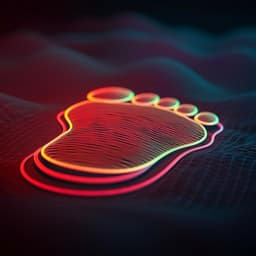
Medicine and Health
LC contact lens sensor for ultrasensitive intraocular pressure monitoring
H. An, X. Wang, et al.
This groundbreaking research by Hongbin An, Xian Wang, Zhikang Liao, Liang Zhang, Hui Zhao, Yingyun Yang, Jizhou Song, and Yinji Ma introduces a novel liquid metal-based contact lens sensor that dramatically enhances sensitivity for continuous intraocular pressure monitoring, a critical component in glaucoma management. The device showcases an innovative stretchable design that significantly surpasses current technologies, ensuring high reliability and signal quality.
Playback language: English
Related Publications
Explore these studies to deepen your understanding of the subject.







